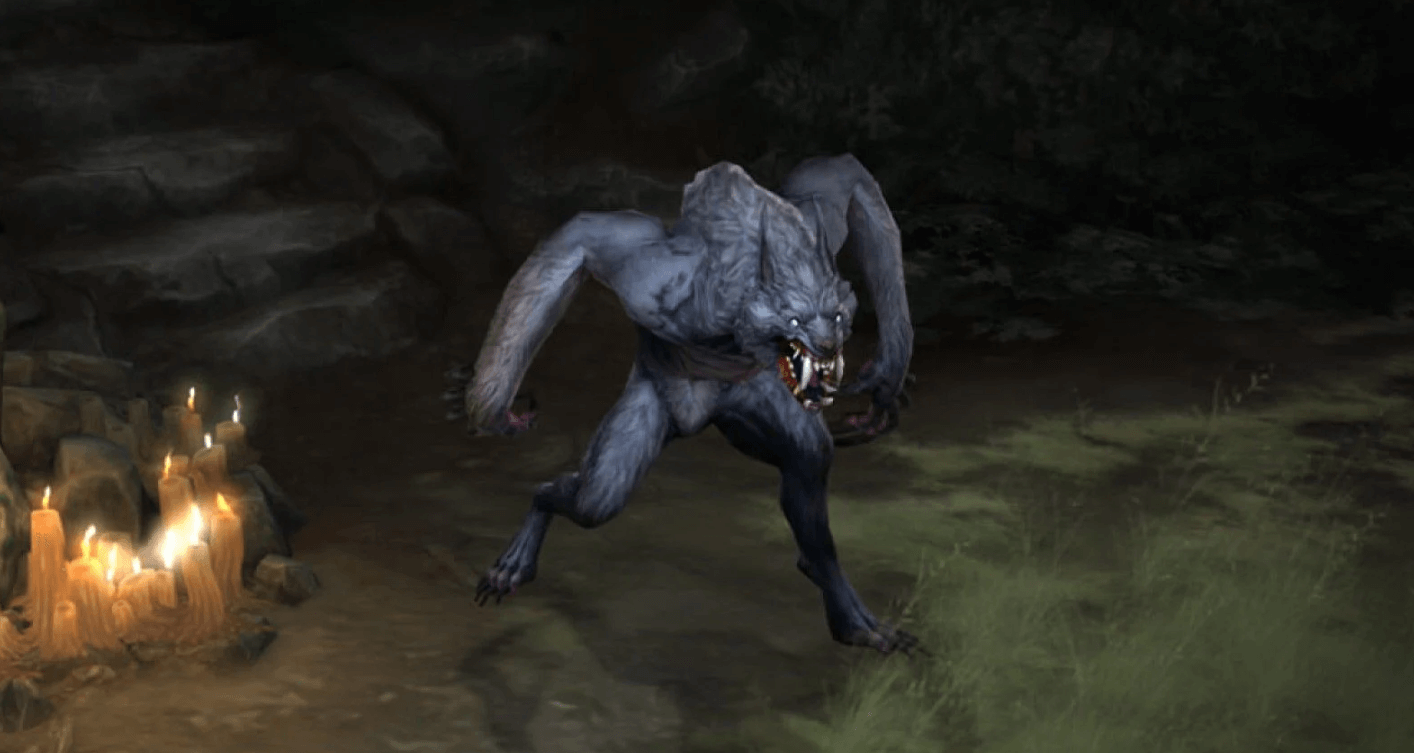

The Elemental Summoner places excess skill points into the Elemental tree for additional damage and/or crowd control options. Most hunters tend to use bows with magic/elemental damage specifically for this reason – Kuko Shakaku ( Pierce and Explosive Arrows for elemental splash damage) and Witchwild String (Magic Damage, Deadly Strike and a chance to cast Amplify Damage) are both popular choices. Not only does this provide an additional damage source but it also provides an opportunity to work around the PI problem. Popularised by FenrisWulf’s 1.09 guide, the Hunter is a Summoner who employs a bow or other ranged weapon in order to assist his minions. As a result, there has been considerable debate on whether such a build is in fact viable in 1.10. The largest problem such a druid faces is the presence of Physical Immune (PI) monsters in the later difficulty levels of the game. The Pure Summoner focuses all skill points in the summon tree and relies solely on his summons to vanquish his foes.

As with all generic builds, a number of established variations exist: For the purposes of this guide then I will assume that all variations within this build focus on summoning with a smaller investment in one or two other trees as needed. What Defines a Summoner?Ī summoner is any druid build that focuses largely or exclusively on the summon skill tree. The goal is to provide you with enough information to be able to put together your own build that will not only be viable, but also be fun and perhaps even slightly different from the norm. What follows then is a discussion of druid summoners in general with a lot of hard numbers and formulae as well as advice on skills, playing tactics and so on. Playing someone else’s build can be enjoyable, but playing your own creation is infinitely more rewarding. I am a big believer in tailoring a build to suit your particular tastes and play style. I will not hold your hand and tell you exactly how many points to place in skills, where to level and what gear to wear at each stage of your progress. This guide is not of the typical cookie-cutter variety.


 0 kommentar(er)
0 kommentar(er)
